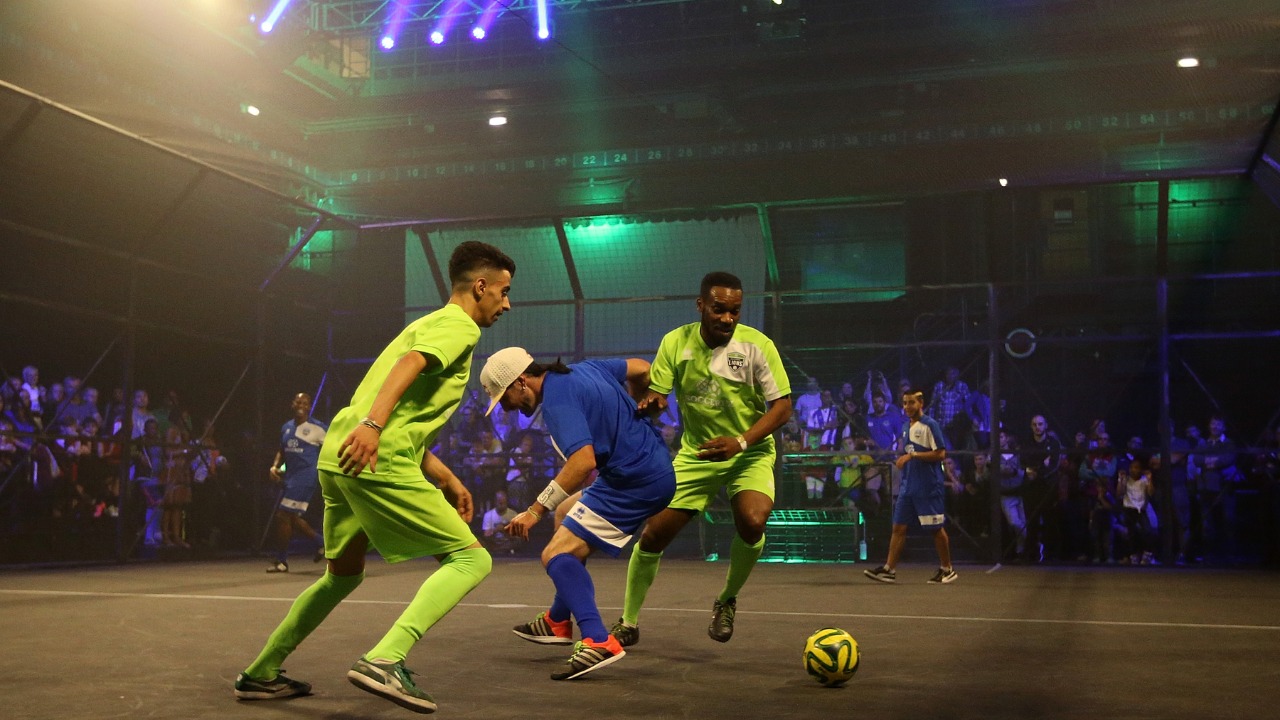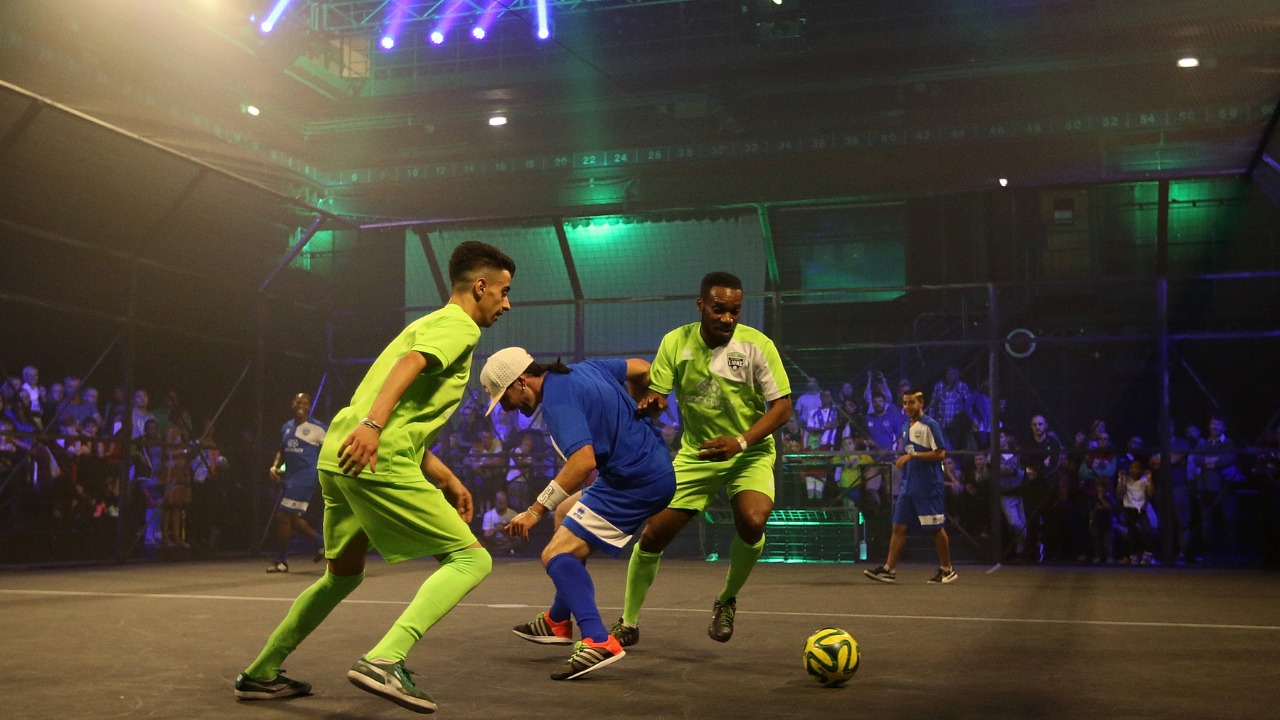In this blog, we’ll explore footballers’ journey as fashion icons, look at some key players redefining style, and examine how they’re blurring the lines between sports and fashion.

1. The Early Days: Setting the Stage for Athlete Fashion
In the early days of football, players were rarely considered trendsetters. Style on the pitch was largely about functionality, with little attention to the aesthetics of uniforms or boots. However, as football gained a more significant cultural presence in the 20th century, players emerged as public figures with influence beyond the game.
The 1970s and 80s saw some of the first glimpses of football’s intersection with fashion. Players like George Best and Johan Cruyff became known not only for their skill but also for their flair off the field. Best’s effortless style, with his long hair, tailored suits, and casual cool, earned him the nickname “The Fifth Beatle.” He was one of the first players to gain recognition as a style icon, opening doors for future athletes to explore fashion as an extension of their identity.
2. The 1990s: Sportswear Meets Streetwear
The 1990s were a transformative era for fashion, marked by the rise of streetwear and the blending of sportswear with casual style. Footballers were at the forefront of this trend. Players like David Beckham embraced the street style, influencing fans with his clean yet versatile looks. Beckham’s fashion evolution from athletic wear to sharp suits and casual chic made him a global icon, crossing over from sports to high fashion with ease.
As brands began to notice football’s broad appeal, they tapped players for endorsements, leading to collaborations that fused sportswear and everyday fashion. Footballers began appearing in ad campaigns for athletic brands like Nike and Adidas, further blurring the lines between sports and fashion.
3. The 2000s: Rise of the Celebrity Footballer
With the explosion of social media and the increasing globalization of the sport, the 2000s marked the rise of the “celebrity footballer.” Players like Cristiano Ronaldo and Thierry Henry dominated the pitch and became icons of style and luxury. Ronaldo, known for his sharp suits and athletic physique, set a new standard for style-conscious athletes. His tailored suits, designer accessories, and endorsement deals with brands like Nike and Armani solidified his status as a trendsetter.
Footballers began to see fashion as a way to extend their brands. They embraced diverse styles, from classic elegance to modern streetwear, each making a unique statement about their personality. This was also when players like Ronaldinho popularized athletic accessories like headbands, wristbands, and custom boots, creating unique on-field looks that caught fans’ attention.
4. The 2010s: Football and High Fashion Collide
The 2010s saw footballers take their fashion influence to new heights. Football’s influence on fashion became undeniable, with players like Lionel Messi, Neymar, and Paul Pogba collaborating with high-end designers. Pogba, in particular, has been a driving force in merging football culture with street fashion, from his striking hairstyles to his bold outfit choices.
Luxury brands started to embrace the football aesthetic. For example, Louis Vuitton designed custom luggage for the FIFA World Cup 2018, and brands like Balmain and Dolce & Gabbana collaborated with players to bring football style into high fashion. Players attended fashion weeks, walked the red carpet, and became regulars in fashion magazines, signaling a growing acceptance of athletes in high-end fashion.
This era also saw an explosion of collaborations, with players creating limited-edition apparel lines and even launching their brands. For instance, Cristiano Ronaldo’s CR7 clothing line gave fans direct access to his signature style, while Mesut Özil’s collaboration with streetwear brand M10 demonstrated the blend of luxury and sport.
5. Social Media and the Rise of the Influencer Athlete
Social media has amplified players’ influence in the world of fashion. Platforms like Instagram allow footballers to connect directly with fans, showcasing their style, workout routines, and brand collaborations. A player’s wardrobe choices can go viral overnight, influencing fashion trends across the globe.
Take Kylian Mbappé, for example. The young French star regularly shares his fashion-forward outfits and brand partnerships with Nike, connecting directly with his audience and setting trends in real-time. Through social media, he and other players reach a younger audience, making footballers some of the most followed and emulated figures in global fashion.
Social media has also allowed footballers to experiment with bolder, more expressive styles, knowing they have a platform to express themselves. This has led to more fashion risk-taking, with players mixing haute couture, streetwear, and traditional sportswear to create unique looks that push fashion boundaries.
6. Footballers Redefining Masculinity and Self-Expression
Footballers are now at the forefront of redefining masculinity in fashion. They are no longer confined to conservative styles but embrace bold, expressive looks that challenge traditional norms. From Neymar’s dyed hair and tattoos to Héctor Bellerín’s gender-fluid fashion choices, today’s players use style to make statements about identity, gender, and self-expression.
Bellerín, in particular, has become known for his unconventional style, blending streetwear with avant-garde fashion. He has walked the runway for Louis Vuitton and worn gender-neutral pieces, challenging the stereotypes of what a footballer should look like. This shift has opened the door for a broader conversation about masculinity and self-expression, showing fans that style can be a form of individuality and confidence.
7. The Impact of Footballers on Global Fashion Trends
Footballers are influencing fashion on a global scale. Trends like oversized streetwear, custom sneakers, and designer accessories have all been popularized by players. Virgil Abloh’s Off-White x Nike collaborations, which include football-inspired designs, have highlighted football’s impact on high fashion. Even top brands like Gucci and Prada have incorporated sporty elements into their collections, influenced by the global love for football.
Additionally, footballers have become key figures in sneaker culture. Limited-edition releases of football-inspired sneakers sell out almost instantly, with fans lining up to capture a piece of their favorite player’s style. Custom boots have become collector’s items, with collaborations between brands and players producing highly coveted releases.
8. The Future of Footballers in Fashion
The future of footballers in fashion looks bright. As more players establish their clothing lines, collaborate with top designers, and influence social media trends, they’re redefining what it means to be an athlete and an icon. The boundaries between sports and fashion continue to blur, with players like Marcus Rashford and Raheem Sterling combining activism with style, using their influence to inspire positive social change alongside fashion trends.
As athletes embrace sustainability, we can expect footballers to lead the charge toward eco-conscious fashion. Brands like Adidas and Nike are already pushing sustainable designs, and players will likely play a role in championing these efforts, making environmental responsibility an integral part of sportswear fashion.
Conclusion: Footballers as the Ultimate Style Icons
From pitch to runway, footballers have become some of the most influential style icons in the world. They set trends, redefine masculinity, and inspire millions with their unique athleticism and fashion-forward thinking blend. As players expand their influence in the fashion industry, they will likely inspire new trends, collaborations, and even entire fashion movements.
Footballers are no longer just athletes in a world where sports and fashion are deeply interconnected. They’re cultural icons, leaders in style, and influencers of a global movement. Their impact on and off the field proves that fashion is more than just clothing; it’s a way to express individuality, connect with fans, and leave a legacy. The next generation of footballers will undoubtedly continue this tradition, showing that the world of fashion and the beautiful game are forever intertwined.

